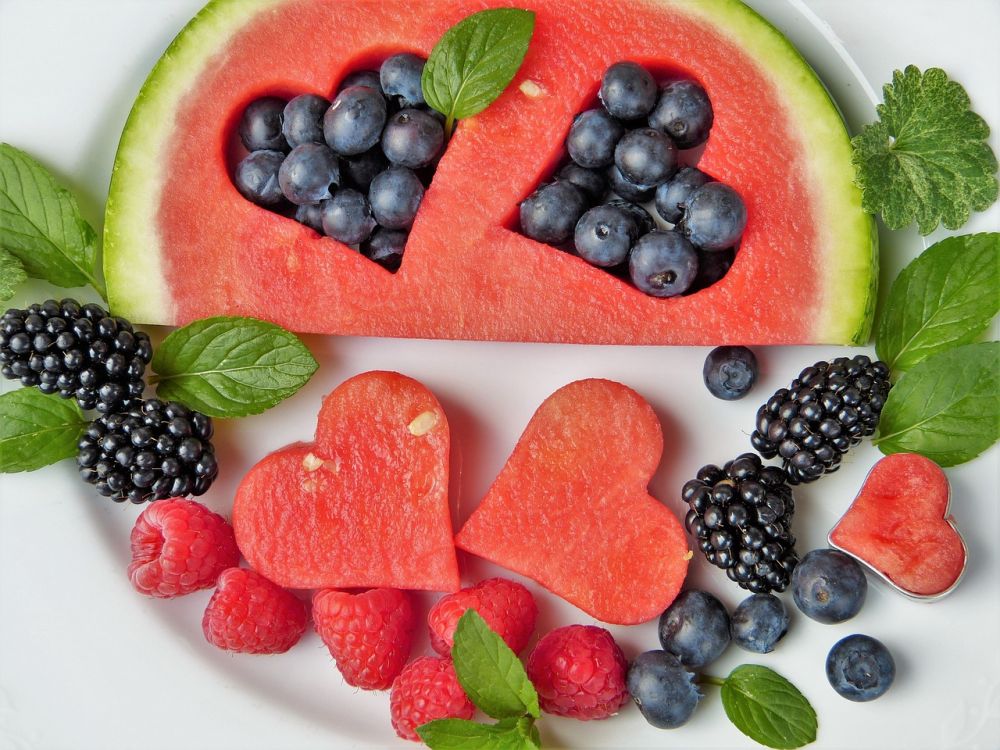Diet Fiber: A Comprehensive Overview

Introduction:
Diet fiber is an essential component of a healthy diet, providing numerous benefits to the body. This article aims to provide a thorough understanding of diet fiber, including its definition, types, popular sources, and quantitative measurements. Additionally, it will discuss the differences between various types of diet fiber, as well as a historical overview of their advantages and disadvantages. So, let’s delve into the world of diet fiber and unravel its significance in maintaining overall health and well-being.
1. The Basics of Diet Fiber:

Diet fiber, commonly known as dietary fiber, refers to the indigestible components present in plant-based foods. Unlike other nutrients like carbohydrates, proteins, and fats, fiber cannot be broken down by the body’s digestive enzymes. Instead, it passes through the digestive system largely intact, aiding in various physiological functions. Diet fiber can be broadly classified into two categories: soluble and insoluble fiber.
2. Types of Diet Fiber:
a) Soluble Fiber:
Soluble fiber dissolves in water and forms a gel-like substance in the digestive tract. This type of fiber can be found in fruits, vegetables, oats, barley, legumes, and flaxseeds. Some popular sources of soluble fiber include apples, citrus fruits, beans, and lentils. Soluble fiber has been associated with lowering cholesterol levels, regulating blood sugar levels, and promoting a healthy gut.
b) Insoluble Fiber:
Insoluble fiber does not dissolve in water and adds bulk to the stool, promoting regular bowel movements. Whole grains, nuts, seeds, and the skins of fruits and vegetables are rich sources of insoluble fiber. This type of fiber aids in preventing constipation, maintaining intestinal health, and reducing the risk of colon cancer.
3. Quantitative Measurements of Diet Fiber:
The daily recommended intake of fiber varies depending on age and gender. For adults, the recommended daily intake is around 25-30 grams for women and 38 grams for men. However, studies suggest that the majority of individuals do not meet these recommendations, highlighting the need to increase fiber consumption.
4. Understanding the Differences:
The differences between soluble and insoluble fiber lie in their physical properties and how they interact with the body. Soluble fiber dissolves in water, forming a gel-like consistency, which helps slow digestion and promote satiety. On the other hand, insoluble fiber adds bulk to stool, aiding in regular bowel movements and preventing constipation.
5. Historical Overview of Pros and Cons:
Throughout history, the benefits of diet fiber have been recognized, but its varied effects have also been debated. In ancient times, fiber was primarily associated with promoting digestive health and preventing constipation. However, modern research has expanded our understanding of diet fiber’s positive impact on several aspects of health, including cardiovascular health, weight management, and blood sugar control.
Despite its numerous benefits, some potential drawbacks of a high-fiber diet include bloating, gas, and discomfort, especially when rapidly increasing fiber intake. It is essential to gradually incorporate fiber-rich foods into the diet to avoid these side effects.
Conclusion:
Diet fiber plays a crucial role in maintaining a healthy digestive system and overall well-being. By including a variety of soluble and insoluble fiber sources in our daily diet, we can maximize the health benefits associated with fiber consumption. While meeting the recommended daily intake may seem challenging, making conscious choices and incorporating fiber-rich foods can make a significant difference. So, start incorporating diet fiber into your meals today and reap the rewards of a well-functioning digestive system and improved overall health!











